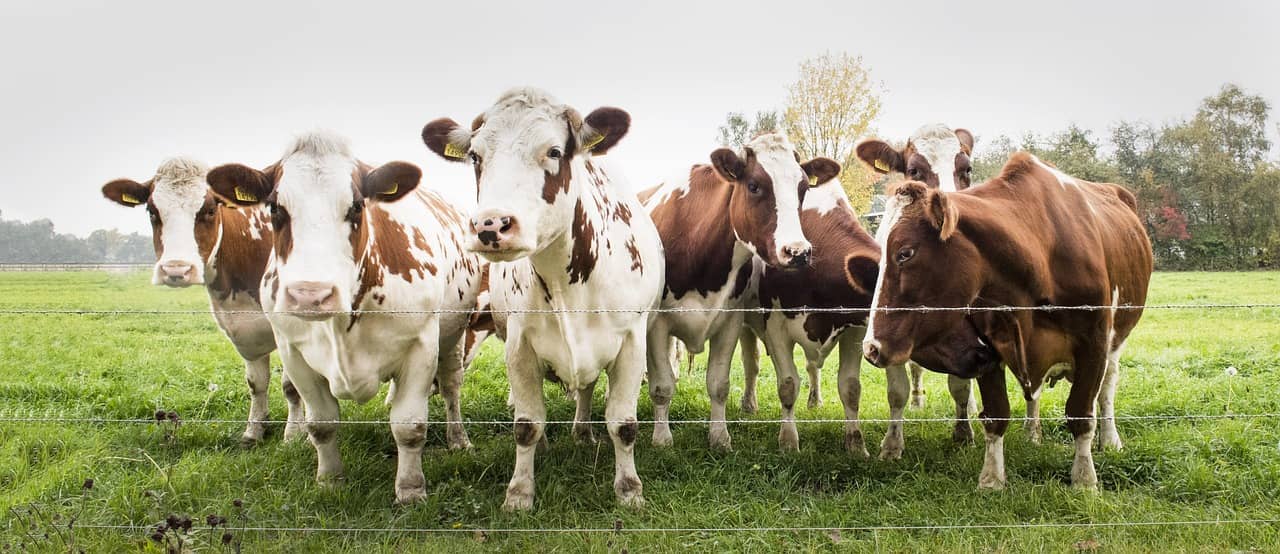
(NewsDakota.com/NDSU) – As the 2023 grazing season approaches, North Dakota State University Extension specialists provide an outlook for this year’s forage production.
“Despite residual impacts of the 2021 drought, we had good forage production in 2022 due to high rainfall in the fall of 2021 and timely spring rainfall,” says Miranda Meehan, NDSU Extension livestock environmental stewardship specialist. “However, as we moved into summer and fall, precipitation was below normal across the state, causing drought conditions to return.”
As of March 1, 70% of the state is experiencing some level of drought.
The two factors that will influence forage production in 2023 are April through June precipitation and grazing management in 2022.
Fall plant tiller development has a direct impact on plant growth during the subsequent year for all cool-season grasses, which are dominant in our grassland. Cool-season grass tillers, such as western wheatgrass, Kentucky bluegrass, smooth brome grass, green needlegrass and crested wheatgrass, that developed from late August through early October are the first plants to green-up in the spring. If these tillers are eaten or die due to drought, then spring growth must occur from new tillers developed in April and May.
“Unfortunately, the fall drought conditions likely impacted tiller development,” says Kevin Sedivec, NDSU Extension rangeland management specialist. “Heavy grazing during the fall that resulted in the removal of the growing point (between the bottom two leaves) from tillers will cause additional stress and tiller mortality. In the event of high fall tiller mortality, grasses will need to develop a new tiller in the spring, delaying growth two to four weeks.”
Tillers that develop in the spring come from buds that broke dormancy in the spring, usually when soil temperatures stay about 40 degrees Fahrenheit for three or more days, whereas the tillers established in the fall will grow as soon as temperatures reach 32 degrees for five consecutive days.
A photo of a new western wheatgrass tiller taken in October, the growing point is located between the first two leaves and is elevated as the plant grows. Photo taken by Kevin Sedivec.
Heavy grazing use in the fall not only delays growth but causes reductions in overall plant growth and forage production. Data collected by NDSU Extension found that severe grazing use, greater than 80% removal of available forage, reduces growth of cool-season grasses and forage production. Forage production was reduced by as much as 57% on sites evaluated as having severe grazing use the previous fall.
2022 forage production in pounds per acre as influenced by grazing use slight-moderate (<40%), full (40%-60%), close (60%-80%) and severe (>80%) in the fall of 2022.
In addition to management, April through June precipitation drives forage production in North Dakota. Due to the dominance of cool-season grasses, rains during this period are responsible for 80% to 90% of forage production in the state.
To help plan for the 2023 grazing season, NDSU Extension developed the following scenarios based on precipitation and management:
If spring precipitation is normal, expect a delay in plant development and lower production due to a loss in tiller development following the dry fall. Further reductions will occur if pastures were grazed heavily in the fall. If spring precipitation is 130% or more above normal, expect normal to above normal forage production. If spring precipitation is below normal, expect reduced forage production and a decline in forage quality earlier in the season.
